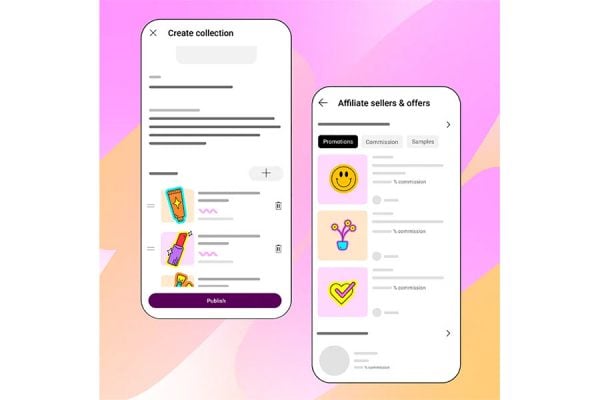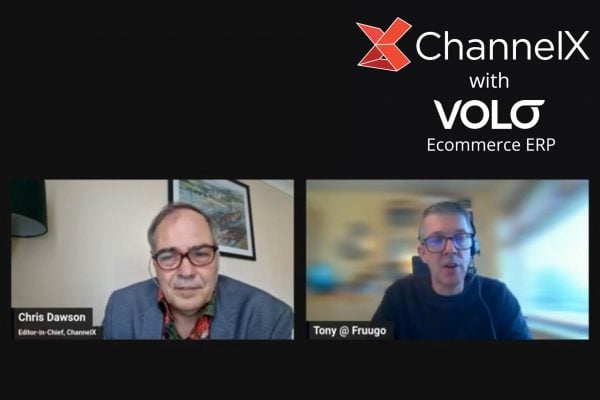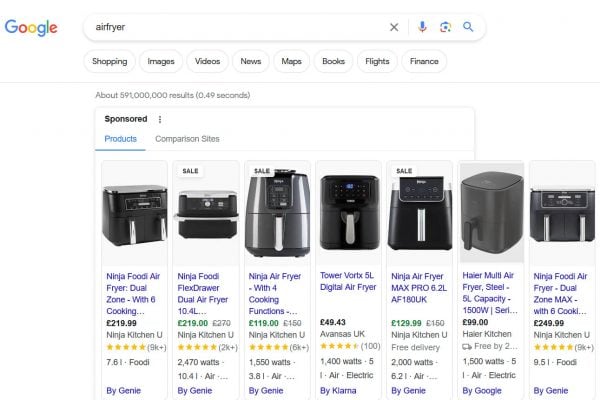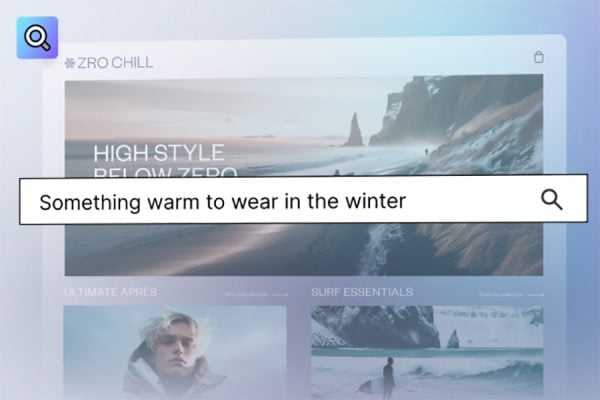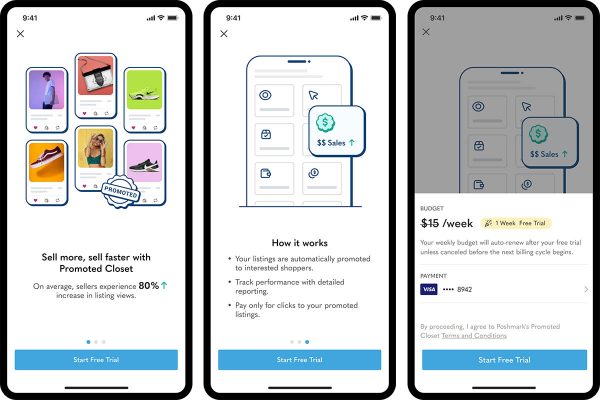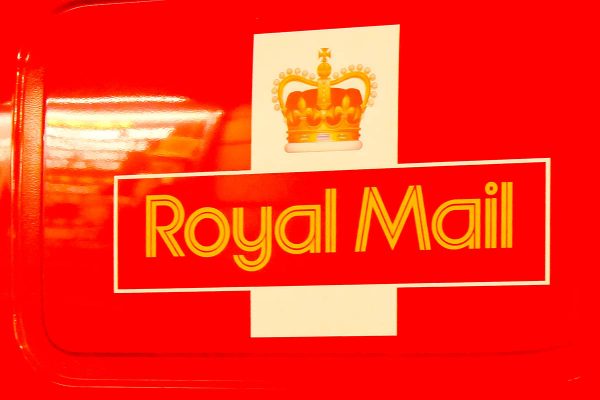Google Algorithm Updates change quite frequently and 2017 too was dotted with minor tweaks as well as major updates, which was caused quite the stir! E2M have put together an infographic summarising what happened in 2017.
It began by fixing intrusive interstitials. Sites with interstitials (adverts and pop ups) covering the content when the users clicked through from the web searches were penalized. This was followed by a tweak that dealt exclusively with links. It made people presume that it was a change made to the Penguin update. There was no word from Google on this unconfirmed update.
Another unconfirmed update in the beginning of February was speculated to be the one made to its core search algorithm and was perhaps related to the content quality.
Moving ahead, the search engine taking content quality seriously reflected in the Fred Update, a name jokingly given by Gary Illyes. Sites with low-quality content and more focus on revenue generation were affected by it.
In mid-May, Glebb Gabe suspected an unconfirmed update to be a core update by Google. Rank Ranger, on the other hand, noticed movements in the rankings of ecommerce sites. As you can guess, this wide-ranging quality update hit the SERPs.
In June, experts in the industry began noticing huge fluctuations in the site rankings across the different country domains of the search engine. While it was clear from the rank tracking tools, Google denied acknowledging that anything happened at all!
Yet another volatile update that was related to quality was brought forth by Google in August. On the radar were sites with subpar UX, disruptive advertising, several technical SEO issues and multiple category/tag pages with no unique content. Again, while the websites were penalized, there was no confirmation of the update from the search engine giant.
A local update in August called Hawk caused ripples when it did away with the changes that Possum put into effect in 2016. With this update, Google removed a filter that prevented local businesses with shared address or building from making an appearance in the same pack.
Next up, the search engine made search results relevant to the users’ location. This will disable searchers from accessing international results simply by changing the Google ccTLD. This update also led to a spike in the AdWords ads along with a drop in local packs in SERPs.
In December, Google increased the length of meta descriptions from 160 to 230 characters. Moreover, it also introduced Maccabees, which hit sites using doorway pages that targeted multiple subcategories or locations with various keyword permutations in the content.
To sum the year up, it can be said that the search engine giant left no stones unturned to ensure that user experience and the overall quality of links and content is given paramount importance by webmasters and marketers. Get the complete list of the major Google updates in this infographic.


